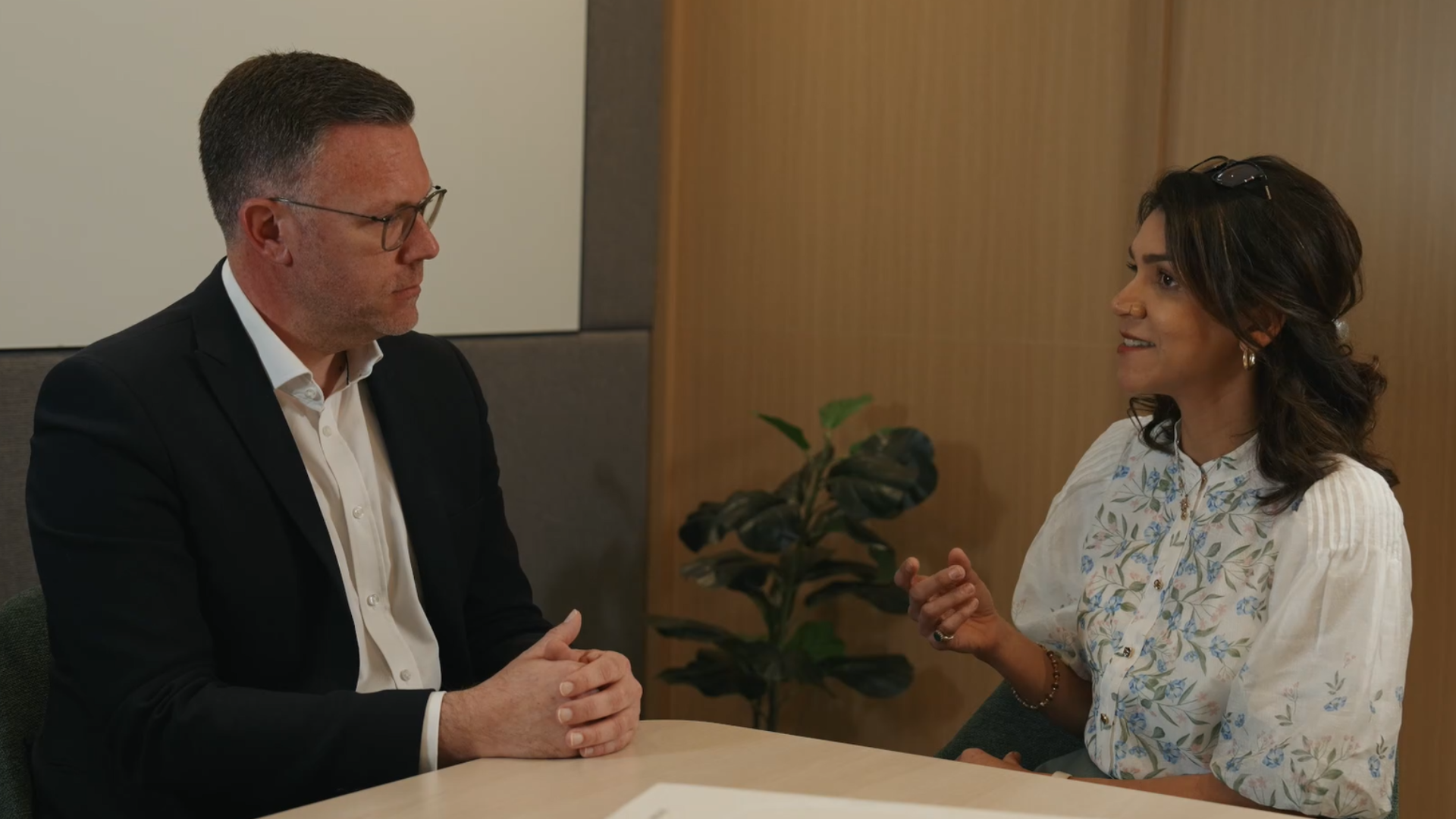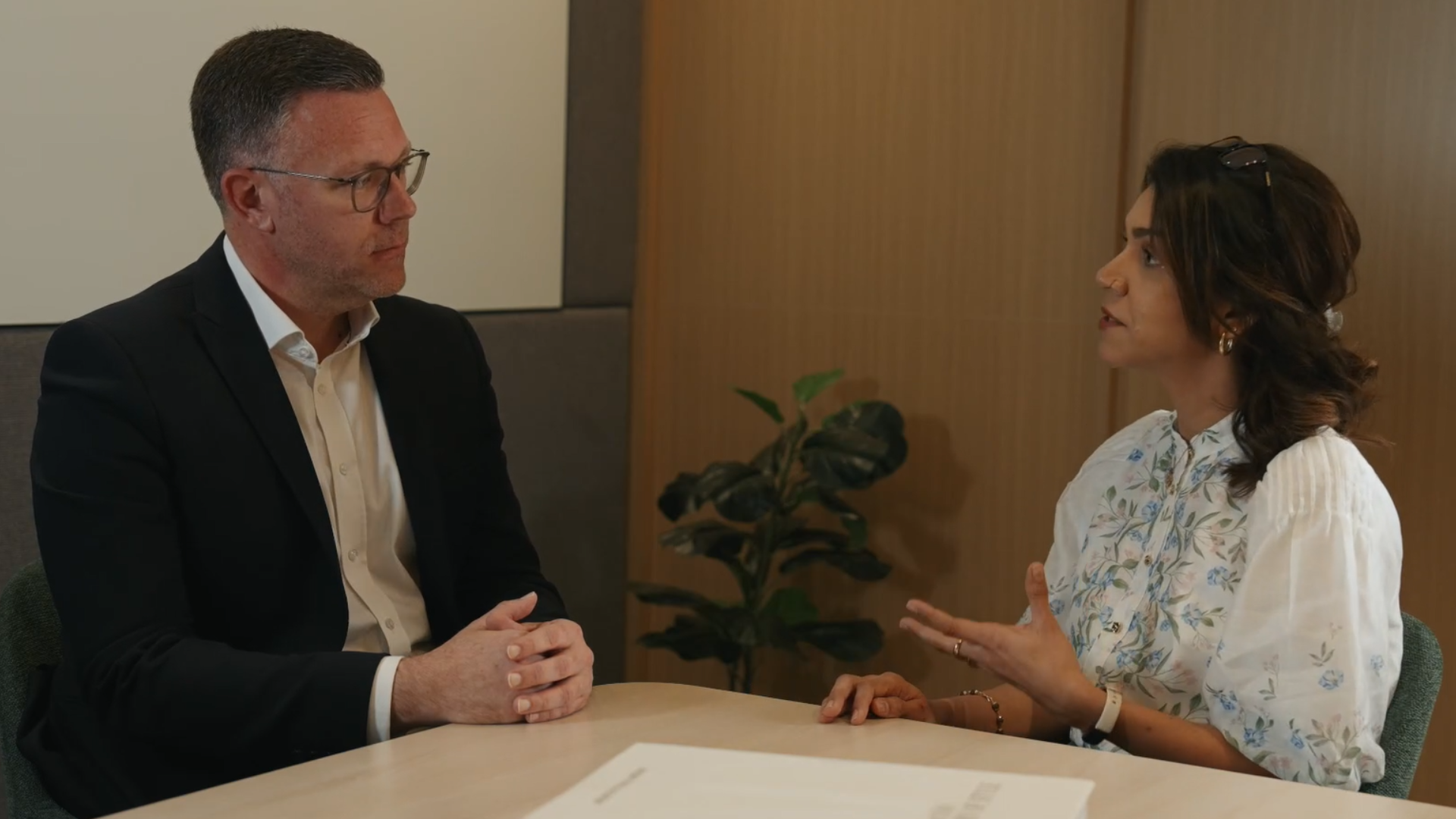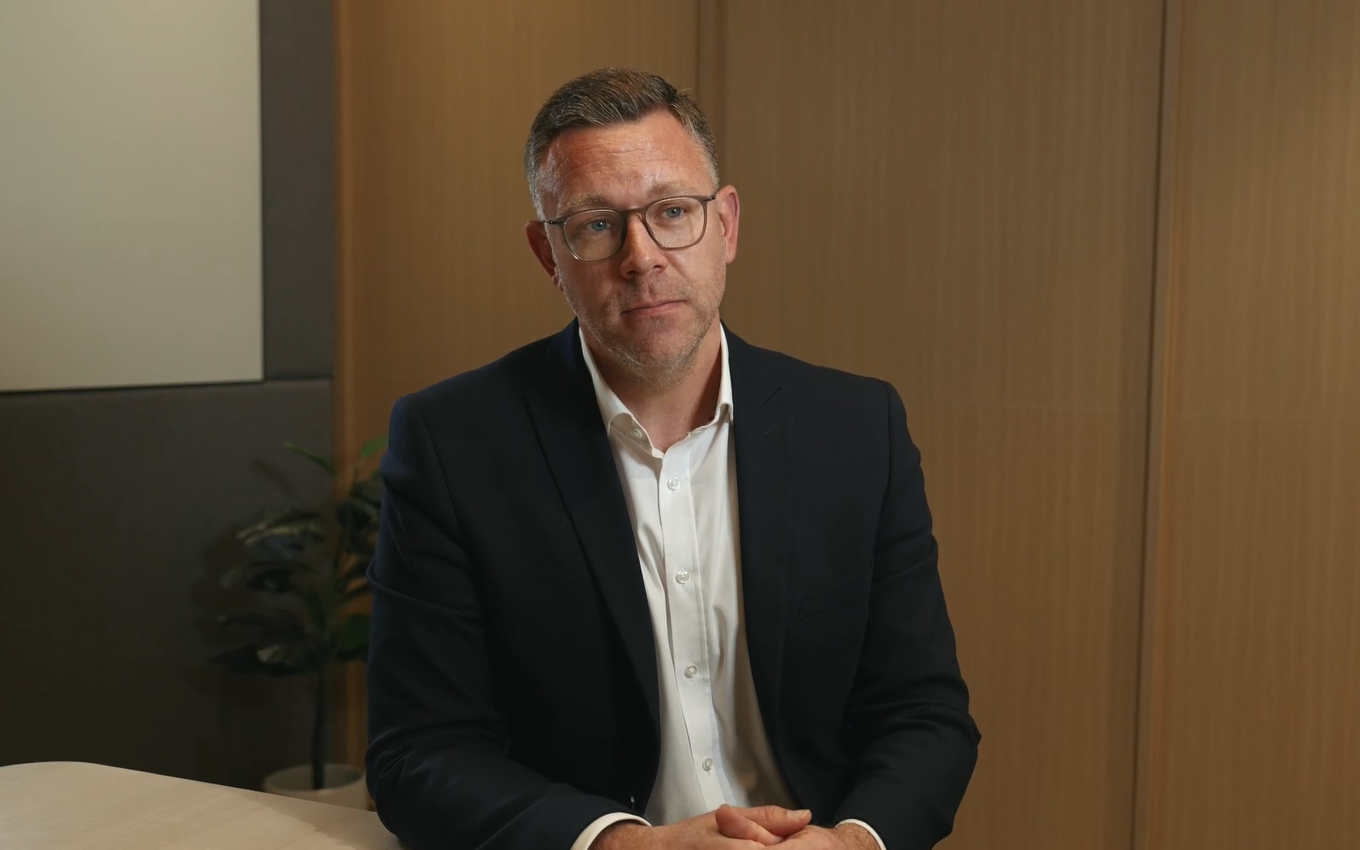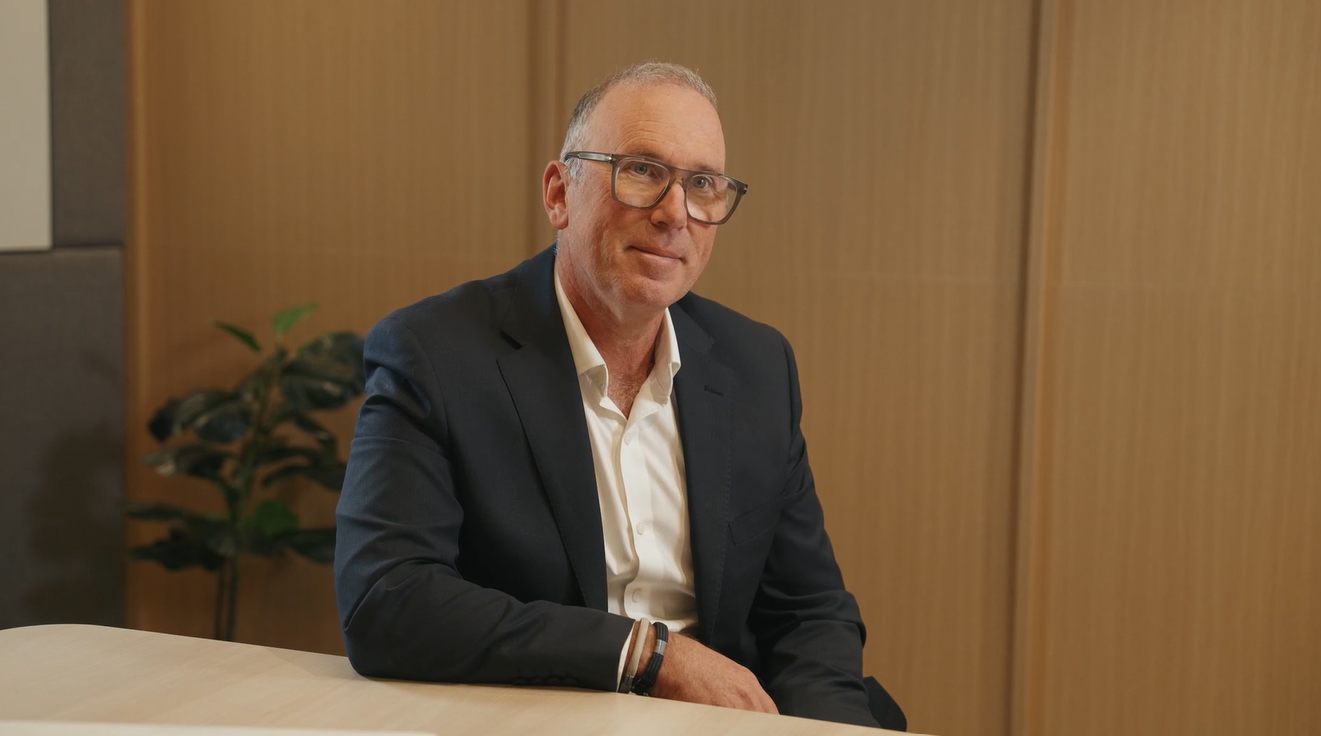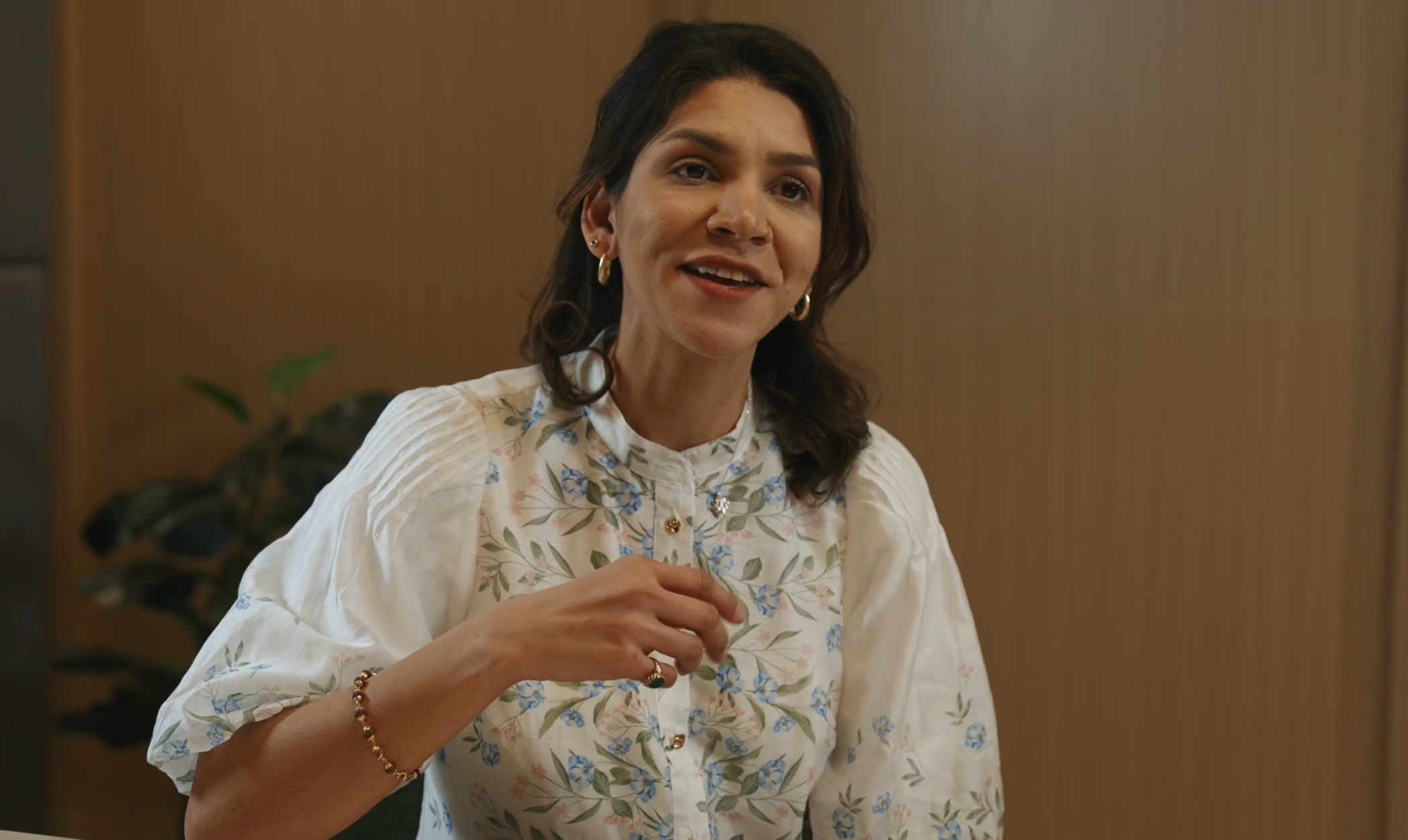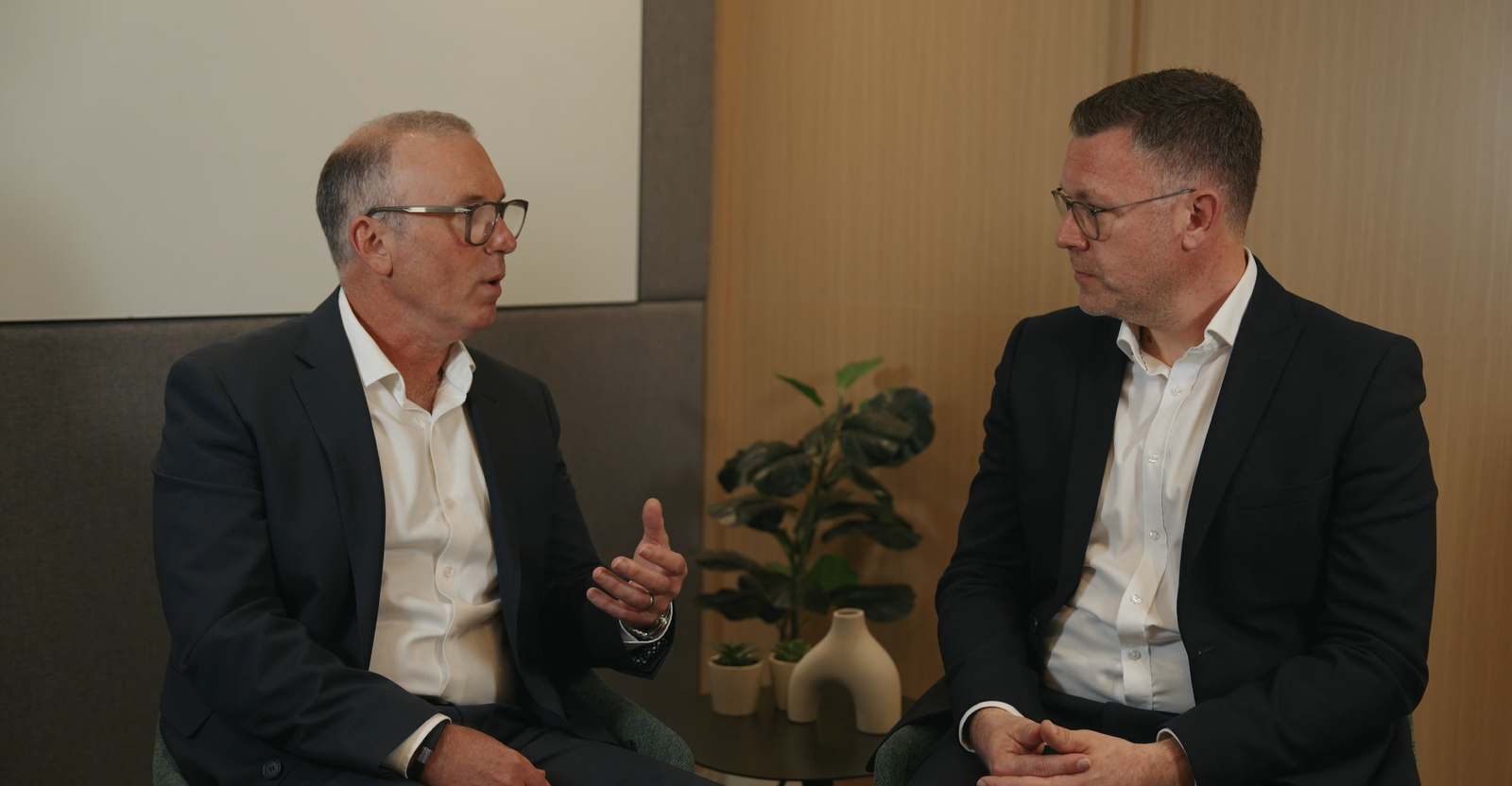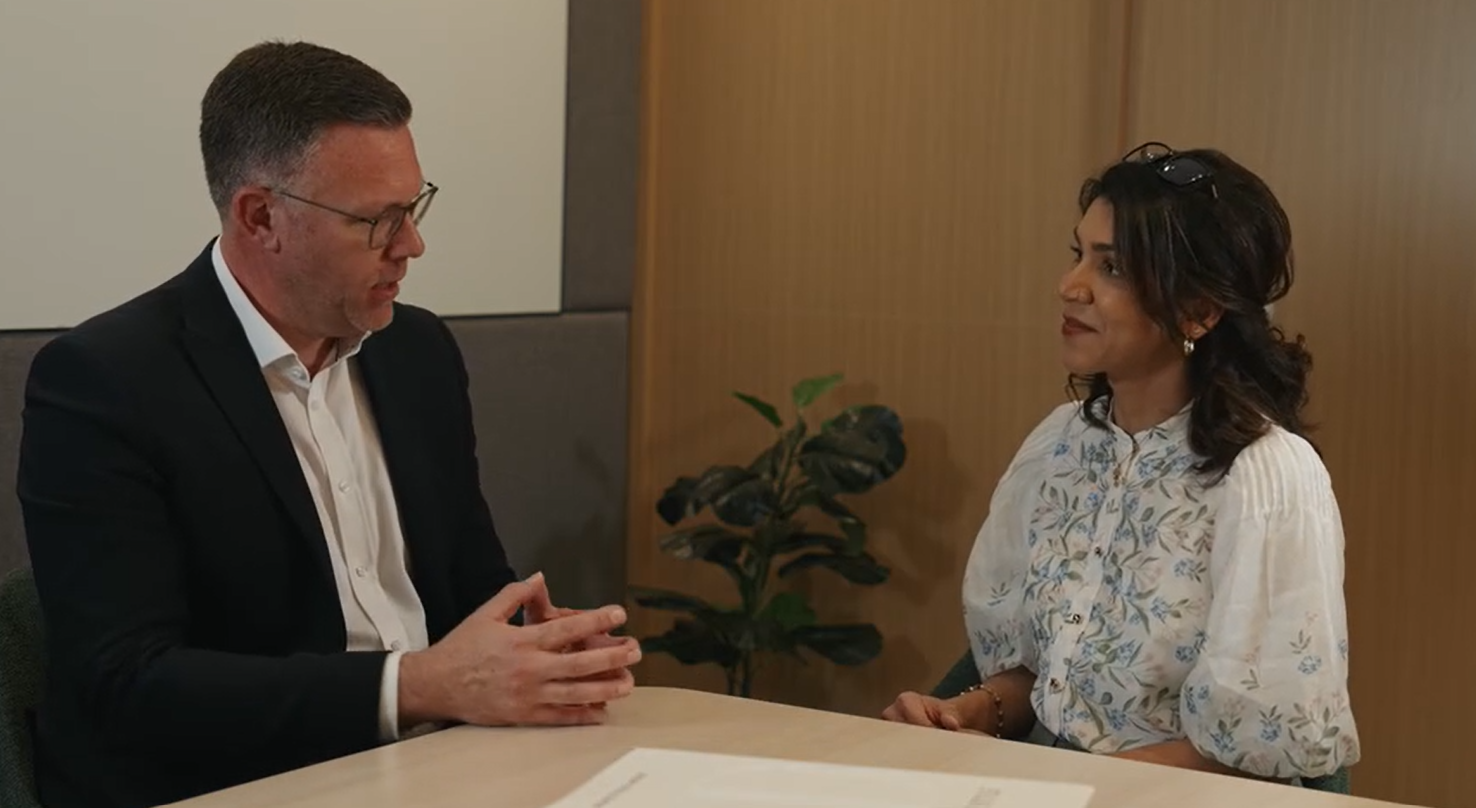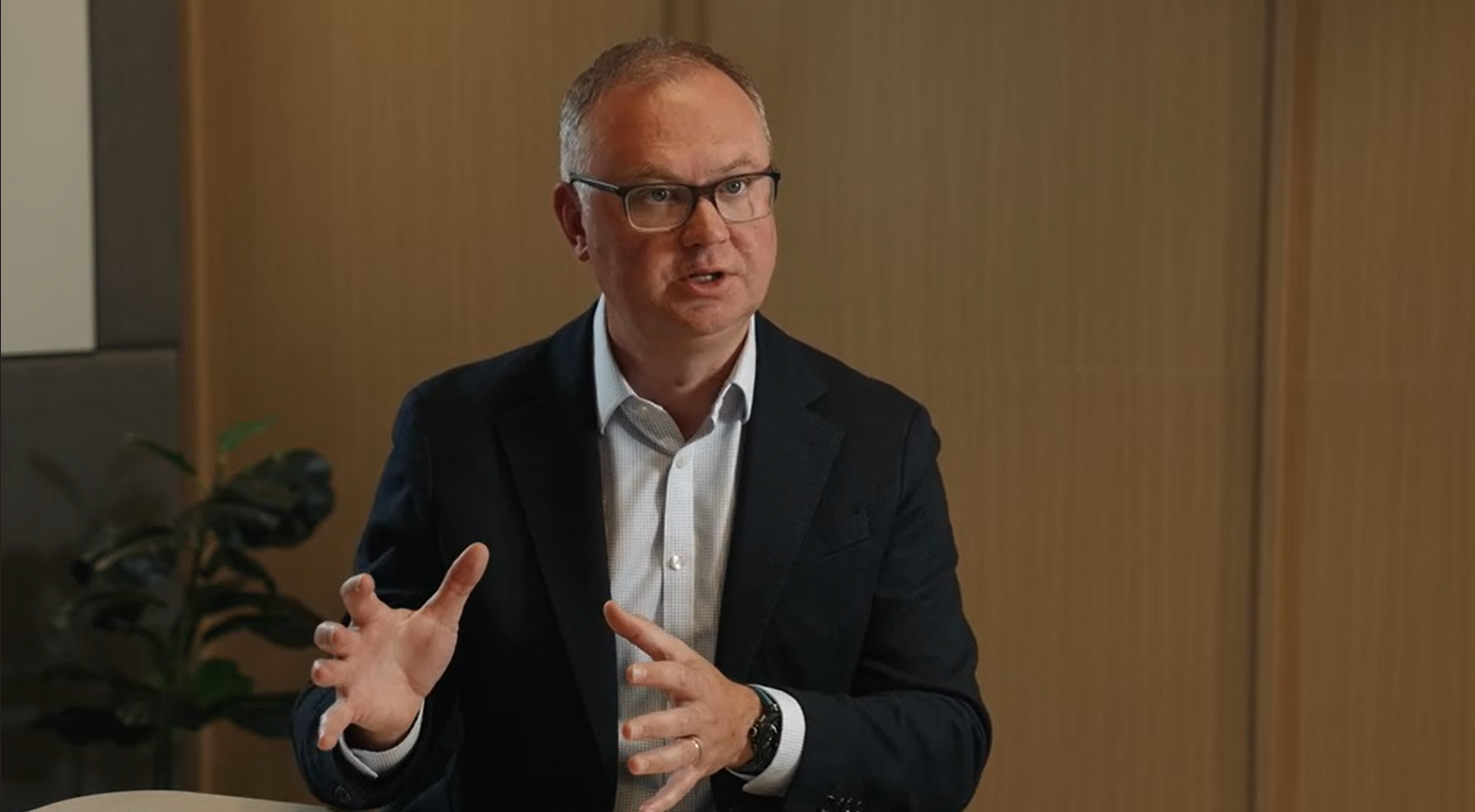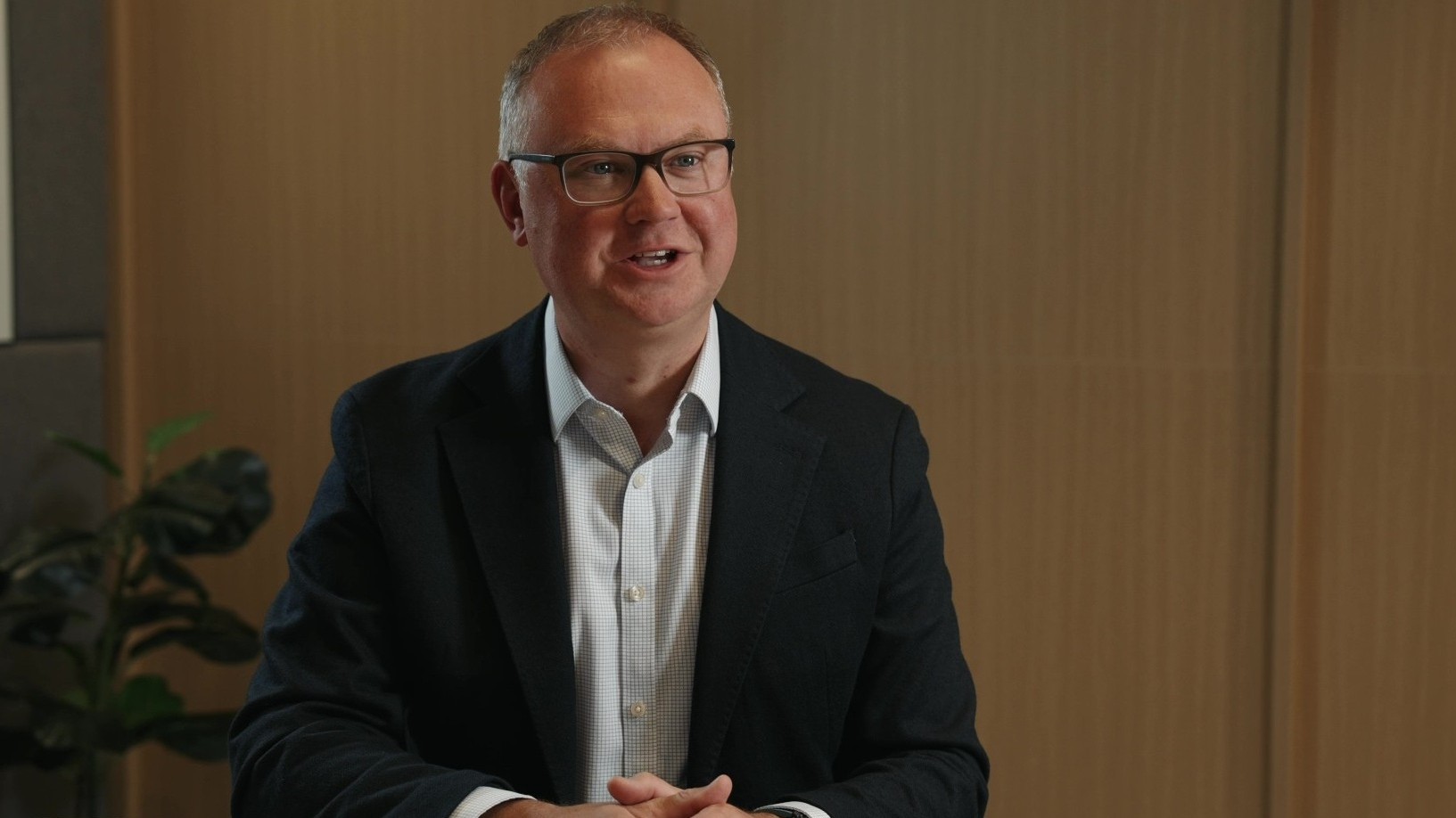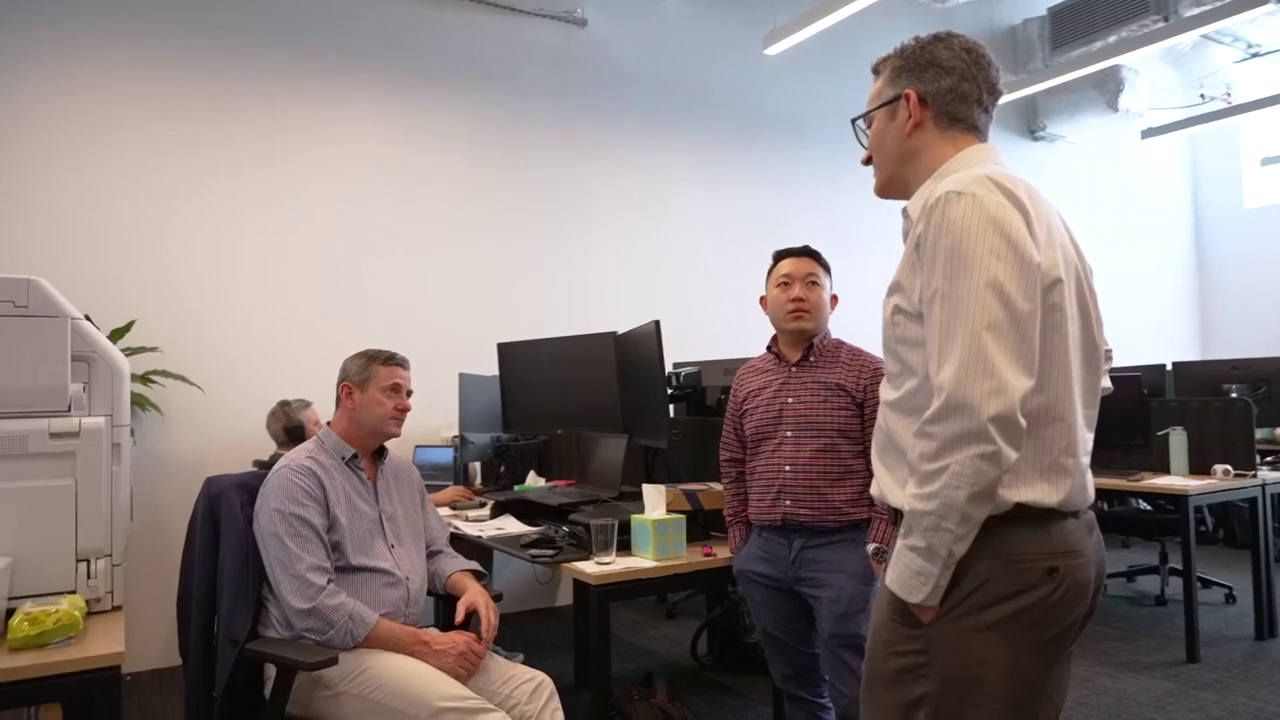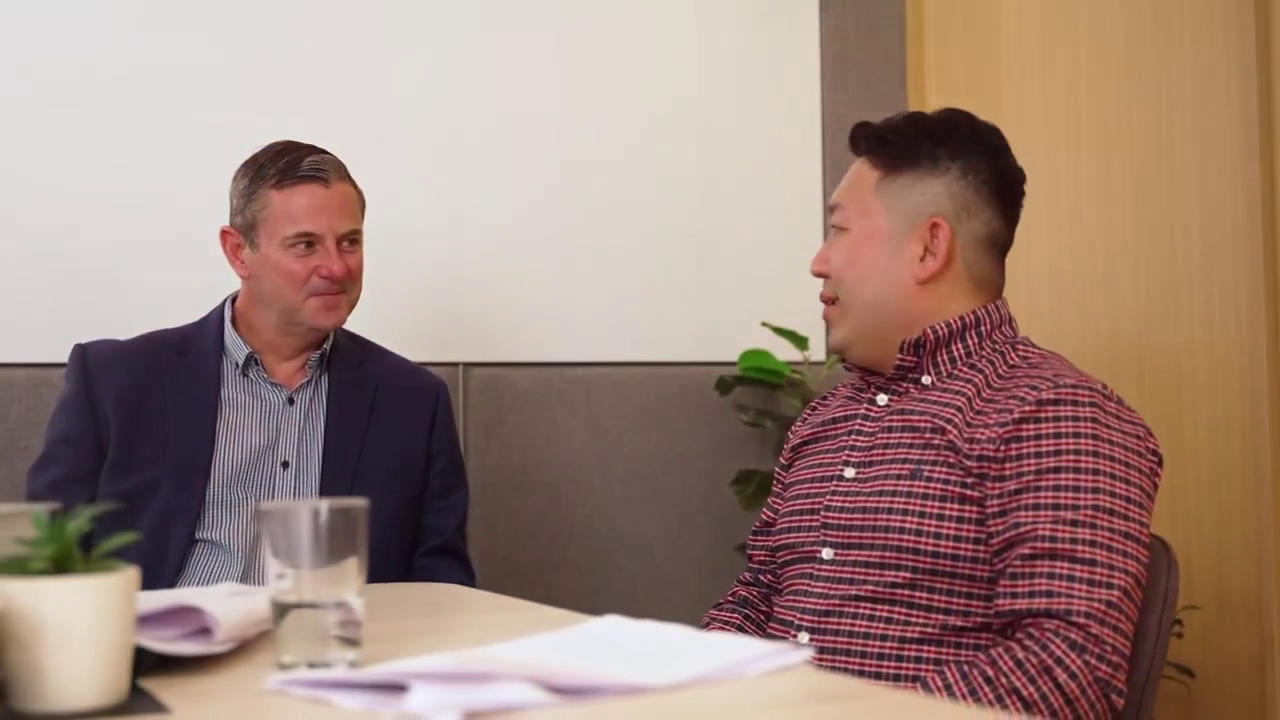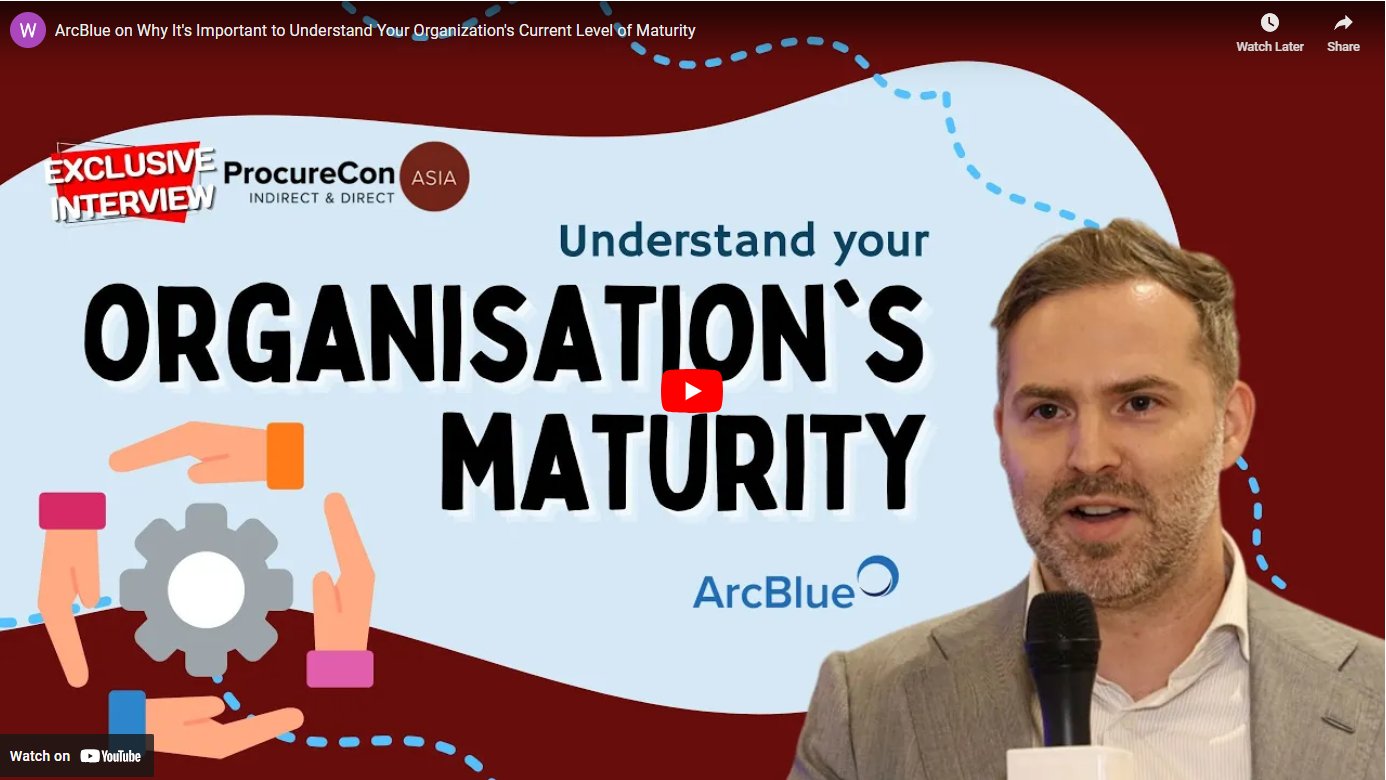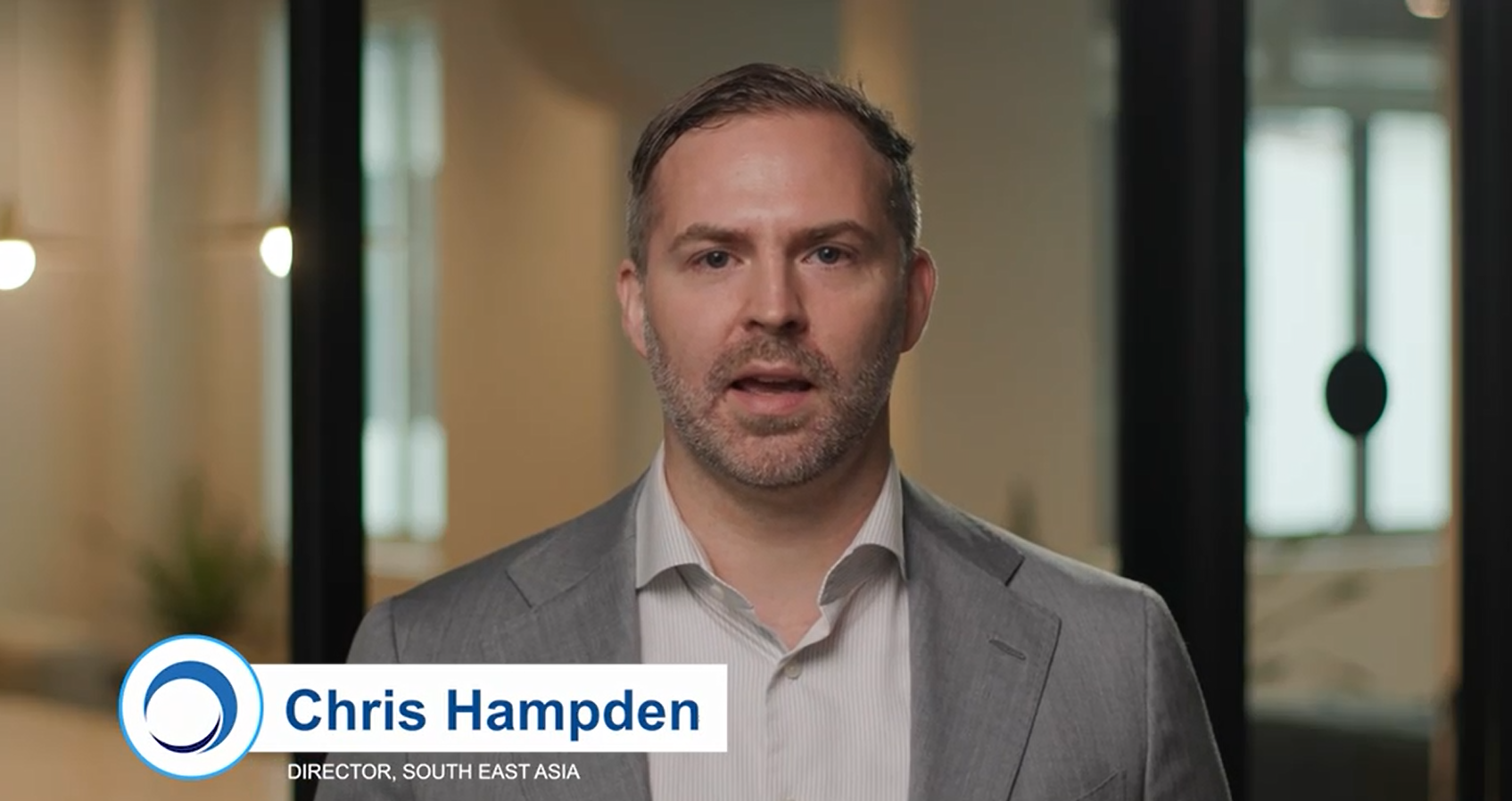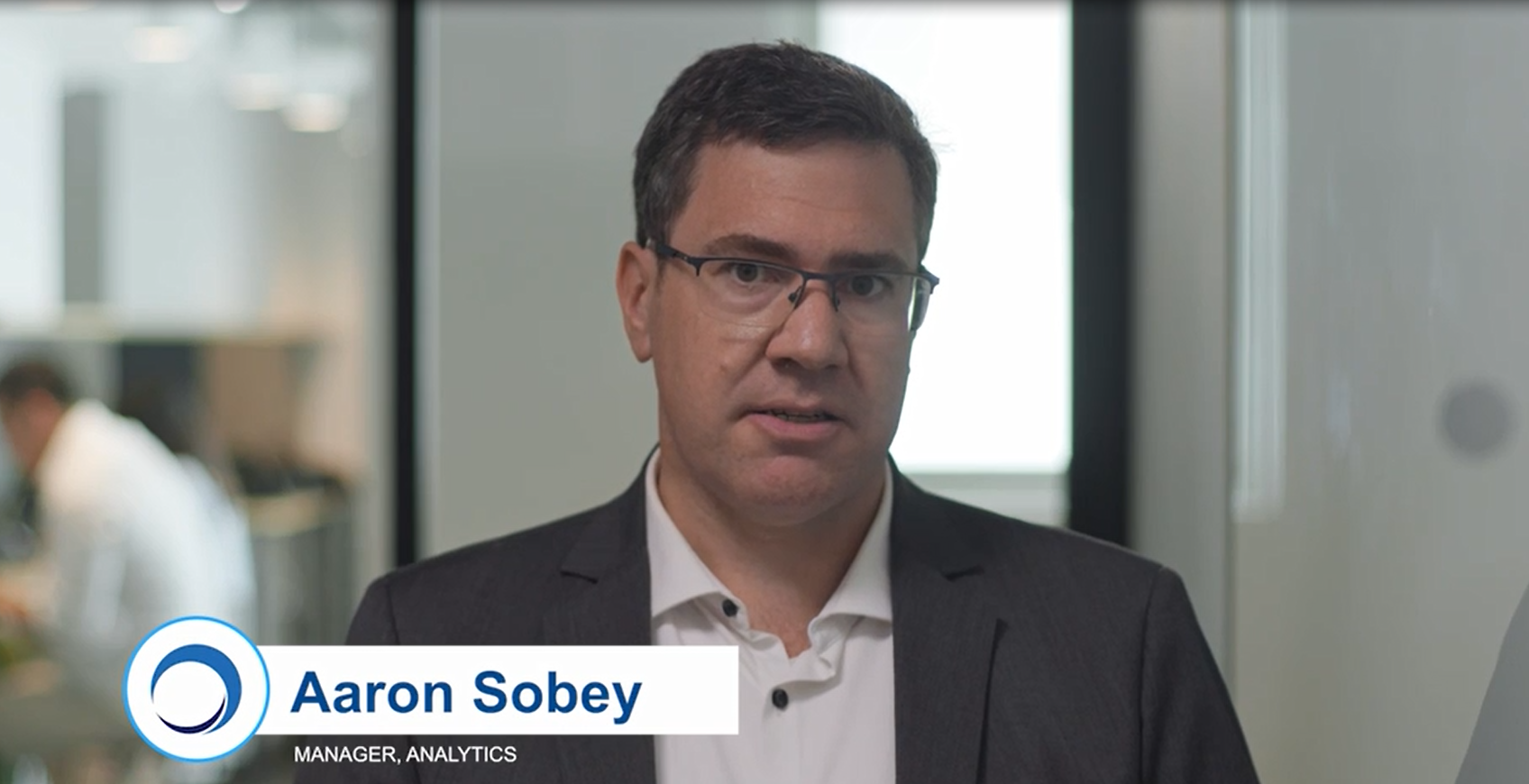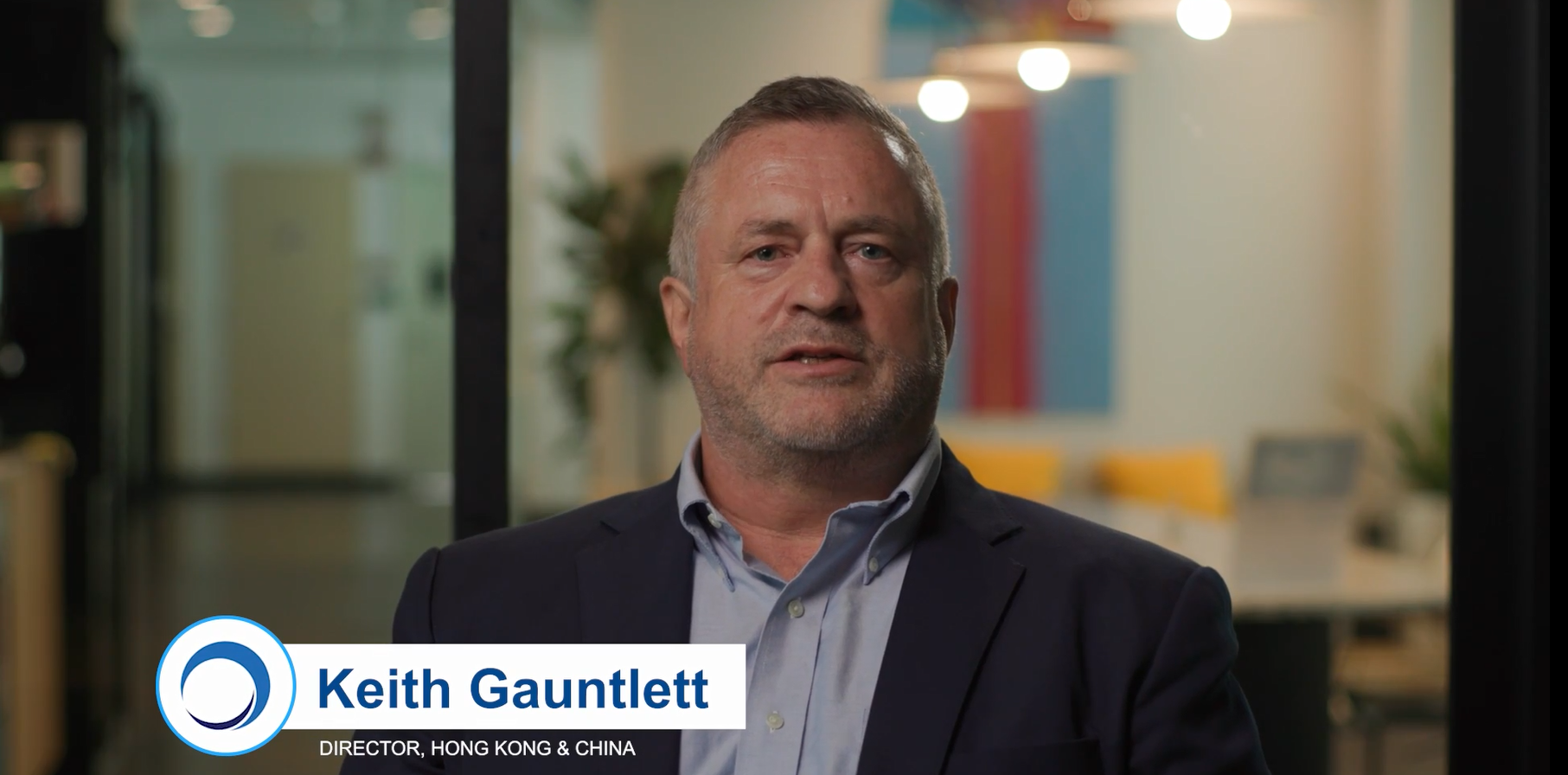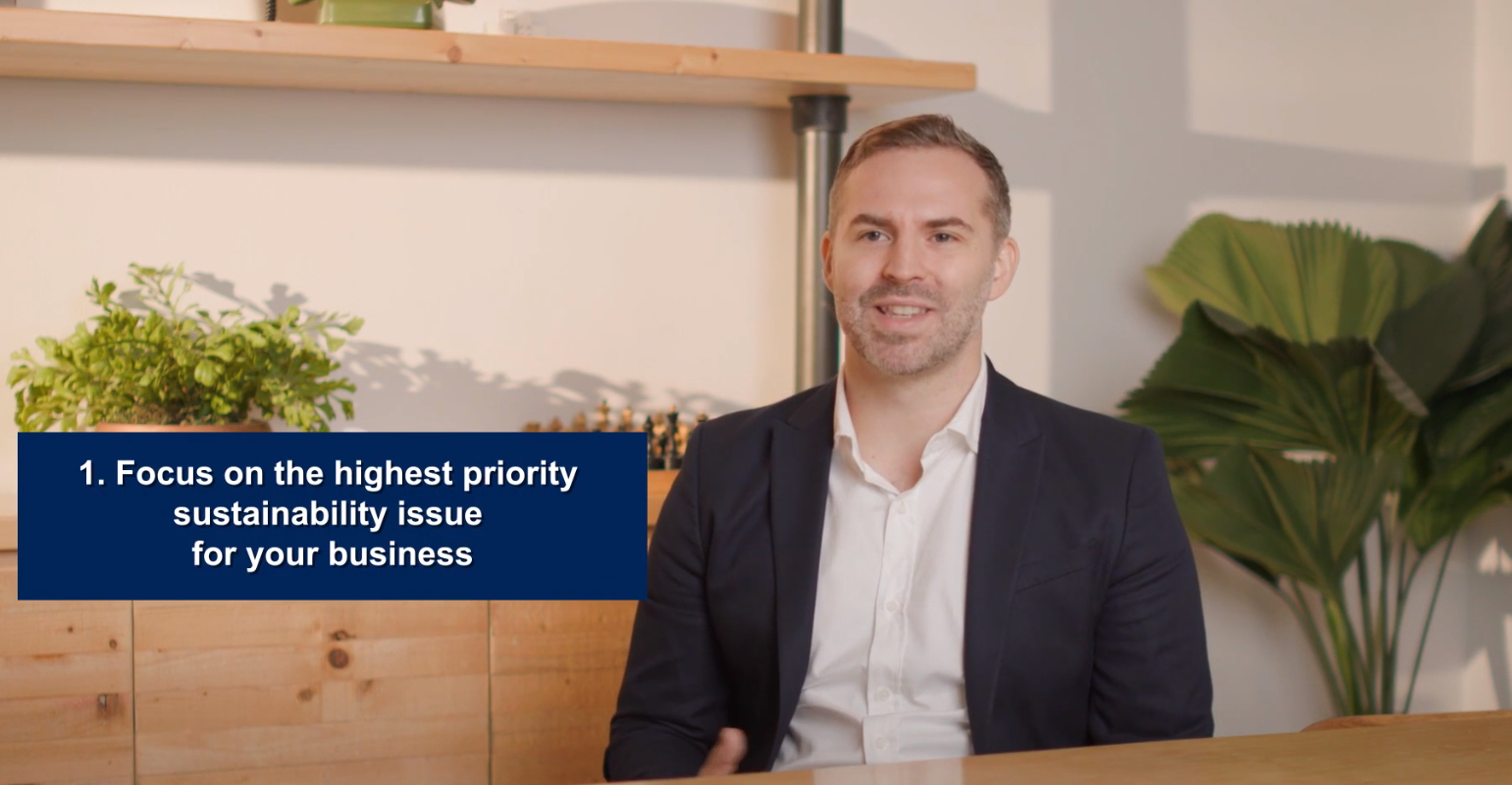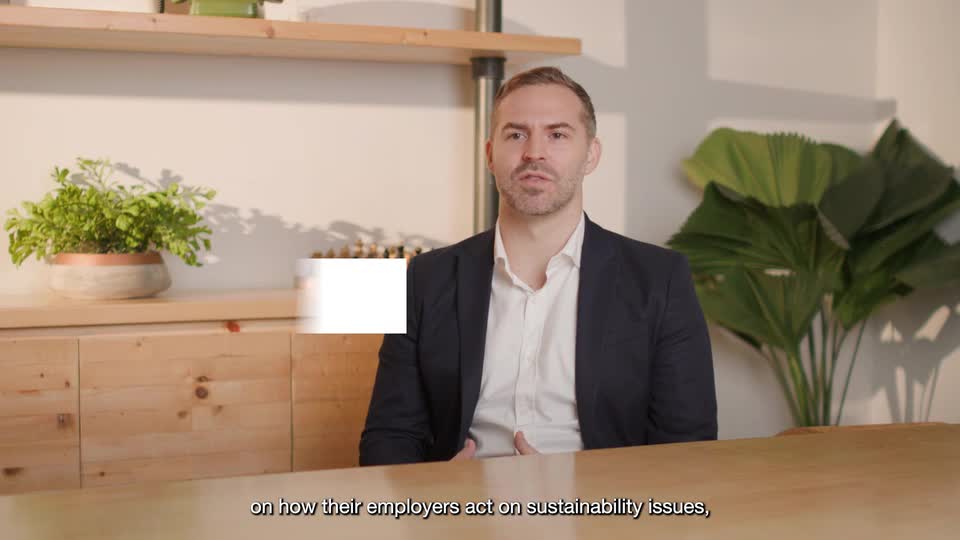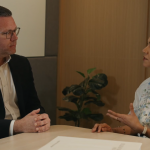- VIDEO
Cost Optimization Series:
Tailoring Approaches for Local Realities
October 2025
“What I’ve experienced is that each of the times we’ve applied a cost savings program it’s deeply shaped by the cultural nuances, the market maturity, regulations and even things like what the stakeholders expect… Having the confidence ourselves to go on a journey, take stakeholders with us, that builds credibility, builds a credential, both with our internal stakeholders and the supply market.”
ArcBlue’s Palak Khanna chats with Chris Gardner about her observations and experiences of taking stakeholders on the cost savings journey differs across the Asia Pacific region.
Related Services
Transcript
Chris: Now, we’re an APAC business, we work across a region of geographies. You’ve got experience across a number of different regions for us. How do you see storytelling and communication differ? What are those nuances that you’ve experienced in market?
Palak: No one size fits all. That’s what I’d say. The procurement processes, the toolkits might be the same, but the way it’s applied, the approach that we take, the playbooks, it definitely differs region to region.
From my own personal experience, you’re right. I’ve worked across different regions in Asia, here in Australia, more recently in Southeast Asia, particularly in Singapore. Then we’ve worked across multiple clients across the Africa’s and the Americas.
What I’ve experienced is that each of the times we’ve applied, we’ve run through a cost savings program.
It’s deeply shaped by the cultural nuances, the market maturity, regulations and even things like what the stakeholders expect. That’s where it comes around.
Let me give you an example. Now, in Asia, there is often a very fragmented supplier base. When we run a cost savings program over there, the technical levers that I’d apply over there and I’ve seen making the most impact, is things around supplier consolidation, those aggregation of spend, managing that tailspend of suppliers. You get far more value out of that because of the nature, the huge vendor landscape that you’ve got.
Now, contrast that with Australia, where it relatively has a more concentrated supply base. Where I’ve received more traction is where you look at things around demand management, reducing the complexity or standardizing your specifications. You basically have leverage when you work with your stakeholders on the demand side of things.
You’re looking at your internal demand alignment rather than pushing it on your suppliers.
Singapore, completely different ball game. It’s a global hub, and it’s got access to a very large
pool of very sophisticated players. But at the same time, it operates in a very heavily regulated environment. What resonates with my stakeholders over there is things like when you work on joint process improvements around compliance-driven contracting or innovation.
You see the toolkit’s the same, the processes are same, procurement is procurement.
But the way it lands, the way the approaches are applied, the playbook – it differs region to region.
Chris: It’s a really interesting point you talk about stakeholders and the way it lands. I think it’s a great point for me because we talk about taking people on a journey.
Of course, having the confidence ourselves to go on a journey, take stakeholders with us, that builds credibility, builds a credential, both with our internal stakeholders and the supply market.
Palak: Absolutely. Tailor the journey so that it actually even has the impact of the local realities.
Chris: They’re really key nuances to understand. The more impactful that message is, the more you understand how well it’s received, the more you’re likely to deliver success for your organization.
KEEP WATCHING





